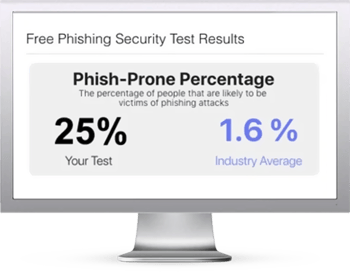 New data shows a massive uptick in attacks across all industries, but a particularly worrisome growth in interest in targeting the public sector – and the indicators of who’s responsible may surprise you.
New data shows a massive uptick in attacks across all industries, but a particularly worrisome growth in interest in targeting the public sector – and the indicators of who’s responsible may surprise you.
There are always fluctuations in which industry is the most targeted by cyberattacks; cybercrime groups specializing in attacks in certain verticals enter and exit the playing field, current world events lend themselves well as the social engineering theme for campaigns, and then there’s always geopolitical issues causing one government to work against another.
But an uptick of 40% in a single quarter is certainly noteworthy. According to BlackBerry’s 2023 Global Threat Intelligence Report covering Q2 of 2023, there were 55,000 attacks thwarted by their cybersecurity solutions – that equates to a little more than two a minute (keeping in mind this only applies to those government agencies that use BlackBerry’s products).
For comparison, according to the report, there were approximately 11.5 attacks per minute across all industries – an increase of 13% over Q1 of this year.
Some of the noted commodity malware families spotted in the attacks on the government sector included RedLine, Emotet, and RaccoonStealer; loaders included PrivateLoader and SmokeLoader; and remote access trojan DCRat was also seen.
BlackBerry attribute the rise in government attacks on a wider array of cybercriminal players that now include everything from APT groups, to private threat groups, and even individual threat actors.
With the majority of these attacks still leveraging phishing as the initial attack vector, it’s imperative that government agencies implement a layered preventative strategy – that includes security awareness training – to stop attacks before the very first bit of malware is executed.
 Here's how it works:
Here's how it works:




